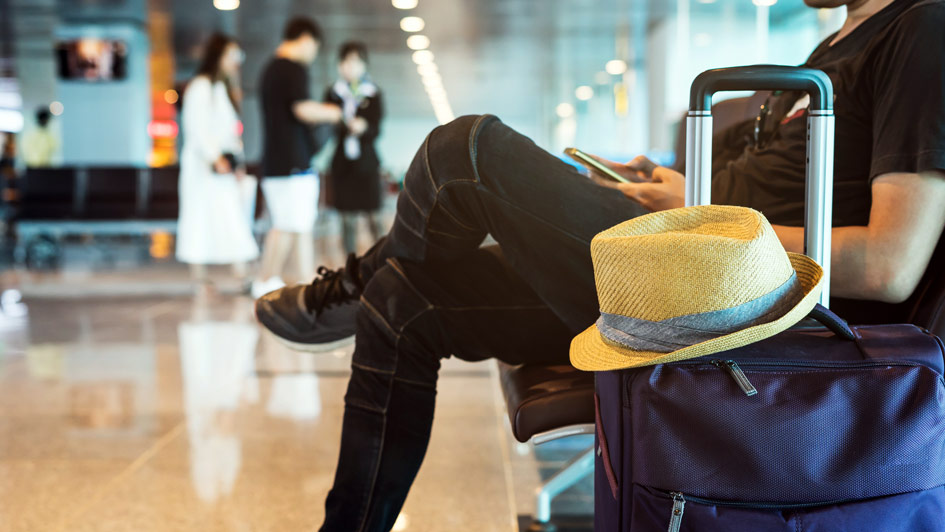
Between a much-needed vacation or a lengthy trip for work, traveling means making preparations for your heating and cooling system. You can't use it if you’re away, so you can adjust it as needed to conserve your energy use. At the same time, you don’t want to just turn it off for the entire time you're gone.
In general, it’s ideal to leave your HVAC system going and just make adjustments depending on the time of year. That way you can lower energy costs without having to worry about coming back to an uncomfortable home. We’ll review why you should leave your HVAC system on as well as the best thermostat settings for summer and winter.
Here’s Why You Shouldn’t Leave Your Thermostat Alone
While you could be wanting to leave your HVAC system off before a trip, this will sometimes end up leading to big problems by the time you come back. This is particularly true when the weather will be severely hot or cold while you’re gone.
For instance, shutting the HVAC system off in the summer can produce very high humidity. Not only will your home feel gross when you have returned, but it could have also encouraged mold/mildew growth or pest infestations.
And during the winter, not using the furnace could lead to pipes icing over or even bursting. It’s never fun to get home from a long trip only to find considerable water damage close to a broken pipe.
Energy-Efficient Thermostat Settings While at Work
You can make temperature adjustments even as you come and go to work. Because you’re away for around 8 hours or so, it doesn’t seem sensible to keep an empty home heated or cooled as if you were there. In general, it’s recommended to raise the thermostat by 5 degrees or so. This means that if you prefer a comfortable 72 degrees, consider increasing it to 76-77 while you’re gone.
But you can save even more if you try further adjustments to the temperature. As reported by the Department of Energy, you may save around 10% on your HVAC expenses by making an adjustment of 7-10 degrees.
Ideal Thermostat Settings While Away from Home in Summer
If you leave for a longer trip in the hottest part of summer, you can make more significant adjustments. This ensures you don’t waste energy while still safeguarding your home from the hassles that come with leaving it un-air conditioned. Around 5 degrees is recommended for brief trips while a larger adjustment of 10 degrees is ideal if you’ll be away from home for 2 weeks or longer. If you like keeping the house at 72 in the summer, 78-82 will offer the best results.
Ideal Thermostat Settings While Away from Home in Winter
To determine the most energy-efficient thermostat setting for a winter getaway, consider lowering the temperature by the same amount you would increase it in summer. 68 is a common winter thermostat setting, so lowering it to 63-58 will prevent ice from forming on pipes while restricting how long your furnace operates.
A Smart Thermostat Can Help: Perks of Smart Thermostat Installation
A great way to manage your home’s HVAC system while away is with a smart thermostat. This special type of programmable thermostat uses intelligent software to track your preferred comfort habits. It gradually understands these preferences and makes automatic changes to the schedule for higher energy efficiency. And with Wi-Fi integration, you can remotely adjust your heating and cooling with a smartphone or tablet.
Smart thermostats are packed with features to help you save even more. To provide an example, specific models can observe electricity prices to increase heating or cooling when prices are lower. They can also work with high-efficiency, variable-speed equipment to refine how long your HVAC system should run. It’s the ideal tool to enhance how you use your comfort system. If you’re considering investing in a smart thermostat, there are multiple ways you can lower your costs, essentially getting a smart thermostat for free. The next time you leave for vacation, you can appreciate true peace of mind that your HVAC system won’t cause any trouble while you’re away.

